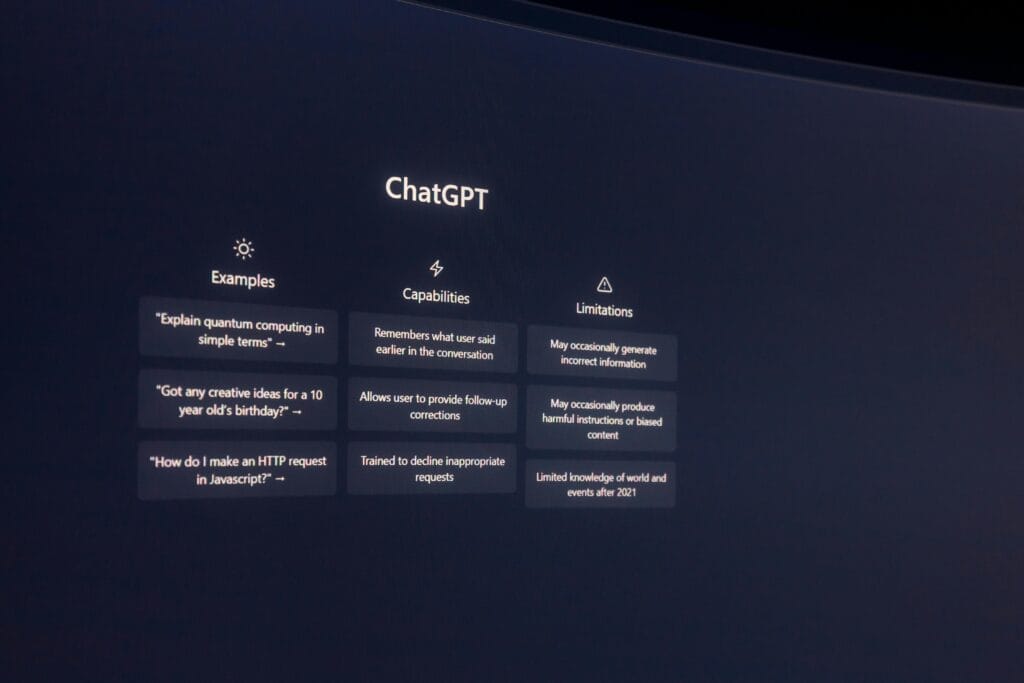INTRODUCTION
The particular activity of artificial care (PC-based data), the development has been rapidly evolving various affiliations and closing up progressively available to developers at all levels of thought. Applications for artificial data involve a combination of specific expertise, an innovative brain, and a fair planning of artificial figuring considerations. This broad assistant will take you through the key phases of developing your own repeated data applications.

- Paint a Picture of Your Project Objectives
Before you begin designing, briefly summarize the problem and objectives of your PC-based data application. Ask yourself the following:
What problem can you ever say you are trying to solve?
What do you exclude from your application?
Who is your audience?
What do you expect from the core components or functionalities?
- Acquire and configure the data.
Since man-made data models depend on the information used, they always require a good and meaningful dataset. You might have to think about the following things:
Data Collection: Source of data or creating your dataset
Data Cleaning: Cleaning and preprocessing the data in order to eliminate mistakes, anomalies, and missing values.
Data Verification: Do naming, if necessary, to offer the model the actual information.
- Select an Artificial Intellect Acumen Enhancement or Library.
Step 2. Select the Real Artificial intelligence System Configuration or Library for Your Application, considering its Needs and Language: The top choices are:
TensorFlow : The versatile, extremely influential Google system.
PyTorch : Easy to work with and has a dynamic computation graph.
Keras : High-level Programming library interface that can work atop TensorFlow or Theano.
Scikit-learn : A Python library for artificial intelligence, with many computations.
- Choose an Appropriate Test
Choose one of the following numeric knowledge computations, based on what your task is meant to accomplish. Typical tests are :
Supervised Learning: The scenario is when you have labeled data, in which overfitting and training are involved.
Unsupervised Learning: The scenario is when you have unlabeled data, in which clustering and dimensionality reduction are involved.
Support Learning: The context given specialists ready to pursue choices for a flawless climate.
- Train Your mechanized thinking Model
Train your replicated information model from the dataset you aligned and the assessment picked. This controlled the data for your model and obliging their constraints to limit the mishap that may happen between your shown results and the real outcomes.
- Model Evaluation
Test your model for the proper evaluations’ accuracy, correctness or F1-score, to name but a few. Perform the game plan loop iteratively either by changing thresholds or by collecting more data in case of poor performance.
- Deploy Your Application
Once you are satisfied with the performance of your model, then deploy your application to a real environment. Simultaneously, you may have to think about flexibility, performance and security.
- Sure Screen and Go to a more elevated level
You need to update, test your application introduction, and gather the opinions of your clients. Train your model on new information or compare different algorithms infinitely.

More Tips
Let’s start with an Actually honest Mission. Take a very humble mission for developing your confidence and learn how things work.
Leverage Existing Coordinated Models: Like existing coordinated set up models from high-profile plans for building a workable understanding of progress time.
Cooperate with Arranged experts: Find out from experts who have a history of working with imitated information development, or socialize online.
Stay Current: Learn of the many stages of automation underway in relation to thinking and assess new tools and techniques.
Model: Build a Chatbot
Depict Targets: Develop a chatbot which allows customers’ links and answers to questions asked about some very significant issues.
Information Gathering: Retrieve as many of the transactions from the customers along with the respective answers.
Pick Construction: You have to choose either Dialogflow or Rasa chatbot framework.
Pick Computation: You must add inhere integrate language processing assessment for the perception and reaction towards the queries of clients.
Train Model: Train your model on the amassed dataset.
Study: Test the limitation of the chatbot to value and give reactions toward different client questions
Pass on: Coordinate the chatbot to your site or instructing stage.

Experiment and Iterate:
- Don’t Be Afraid to Experiment: Try different algorithms, architectures, and hyperparameters to find the best combination for your project.
- Iterate Continuously: AI development is an iterative process. Continuously evaluate your model’s performance and make improvements based on the results.
2. Consider ethical implications:
- Bias and Fairness: Ensure that your AI models are fair and unbiased, avoiding discrimination or harmful outcomes.
- Privacy and Security: Protect user data and privacy while developing and deploying AI applications.
3. Leverage cloud-based platforms:
- Scalability and Cost-Efficiency: Cloud platforms like Google Cloud Platform, AWS, and Azure provide scalable infrastructure and cost-effective solutions for AI development and deployment.
4. Stay Updated with AI Trends:
- Emerging Technologies: Keep up with the latest advancements in AI, such as generative AI, transfer learning, and federated learning.
- Research and Development: Explore research papers and conferences to stay informed about the latest AI trends and techniques.
5. Build a Strong Team:
- Diverse Skill Sets: Assemble a team with diverse skills and expertise, including data scientists, machine learning engineers, and domain experts.
- Collaboration and Communication: Foster a collaborative and communicative work environment to ensure successful project outcomes.
6. Consider Real-World Applications:
- Solve Real Problems: Focus on creating AI applications that address real-world challenges and provide value to users.
- User-centric Design: Design your applications with the user experience in mind, making them intuitive and easy to use.

By following these additional insights, you can enhance your AI development process and create innovative and impactful applications. Remember, the journey of AI development is a continuous learning process, and experimentation and iteration are key to success.

